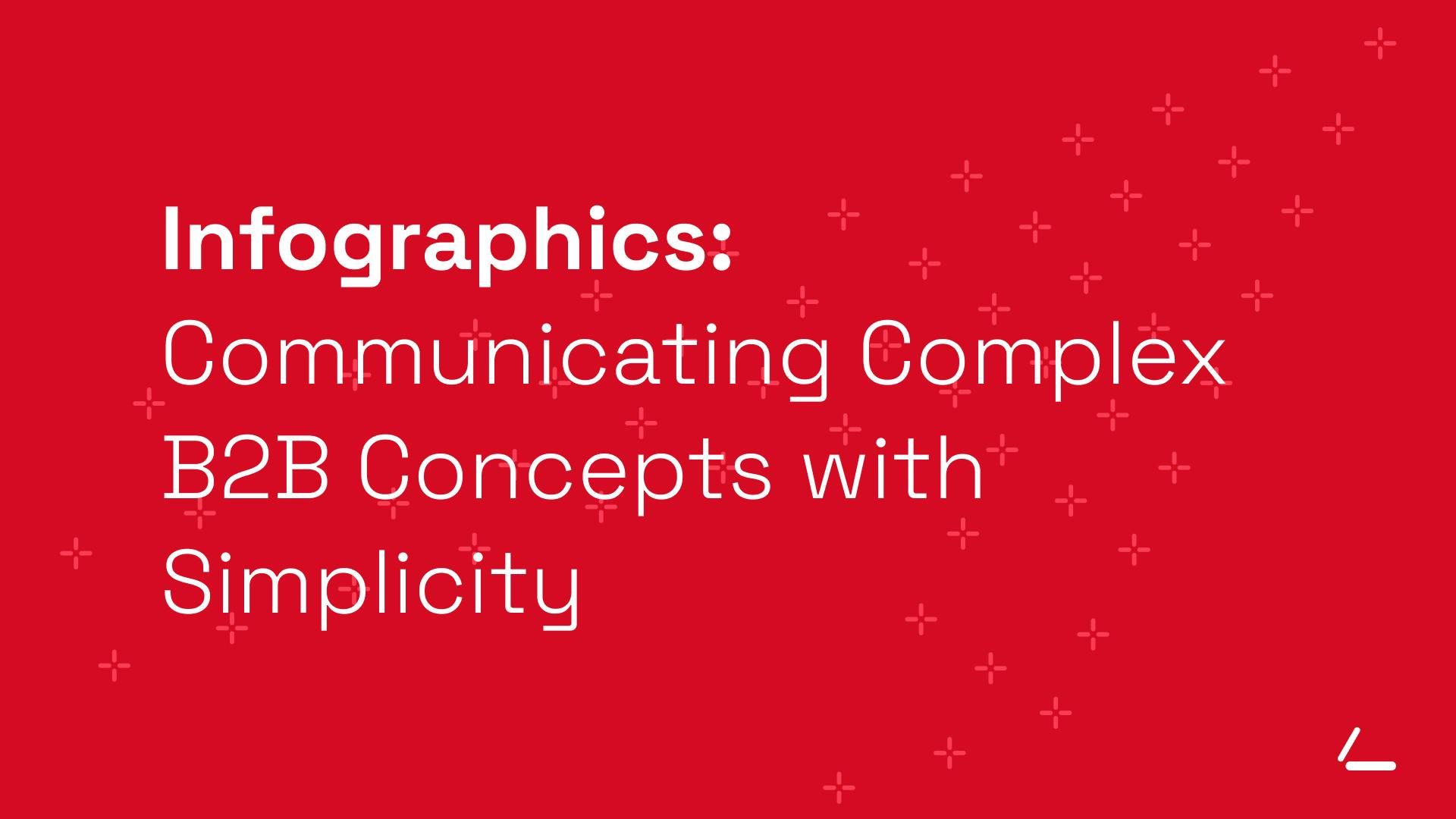Infographics: Communicating Complex B2B Concepts with Simplicity

Infographics are an increasingly popular tool for communicating complex concepts, especially in the world of business-to-business (B2B) marketing. As digital media continues to become more prevalent in our daily lives, companies must use creative ways to capture the attention of their target audience and stand out from the competition. Infographics allow businesses to simplify complicated information into visually appealing pieces that can be easily understood and shared with a wider audience.
Infographics and their use case
Infographics can be used to effectively communicate complex concepts and ideas in a concise and attractive manner. By presenting data visually, complex concepts can be more easily understood by readers. Furthermore, since infographics are often shared on social media platforms, they give businesses the opportunity to reach a larger audience than through traditional methods of communication.
With an infographic, businesses can provide a comprehensive look at their products or services in an easily digestible format that is accessible to a wide range of people. This allows them to get their message across quickly and efficiently while still providing enough information for the reader to gain accurate understanding. Additionally, infographics have been proven to enhance retention rates of information as well as drive higher engagement compared with text-based content alone.
Design Considerations
When creating an infographic template, there are several key infographics design considerations to keep in mind. First and foremost, it’s important to ensure that the information is accurate and easy to understand at a glance. Additionally, be sure to choose colors carefully for maximum impact – bold primary colors typically get the most attention while muted pastels can provide a more subtle effect.
Similarly, consider using different typefaces depending on the medium – for example, sans serif fonts are typically easier to read on a computer screen, whereas a serif font is more suited for printed text.
Data visualization
Data visualization involves the use of charts, graphs or diagrams to represent numerical data in a meaningful way. Data visualization helps to make large amounts of data easier to understand by highlighting trends and correlations that may otherwise go unnoticed.
Storytelling
Storytelling is the process of using narrative techniques such as stories, anecdotes or analogies to explain the meaning behind the data being presented. Storytelling can help bring context to what could otherwise be dull numbers and facts.
Final Thoughts
Infographics can be powerful communication tools for B2B companies looking to explain complex concepts in an engaging way. By following the tips outlined above, you’ll be well on your way to creating professional and successful infographics that will help your company stand out from the competition and reach a larger audience. With some creativity and strategic planning, you can use infographics to clearly communicate complex ideas in a simple yet compelling manner.
Let our creatives at Laetro create for you because your brand will be more memorable. Schedule a no obligation discovery meeting today.